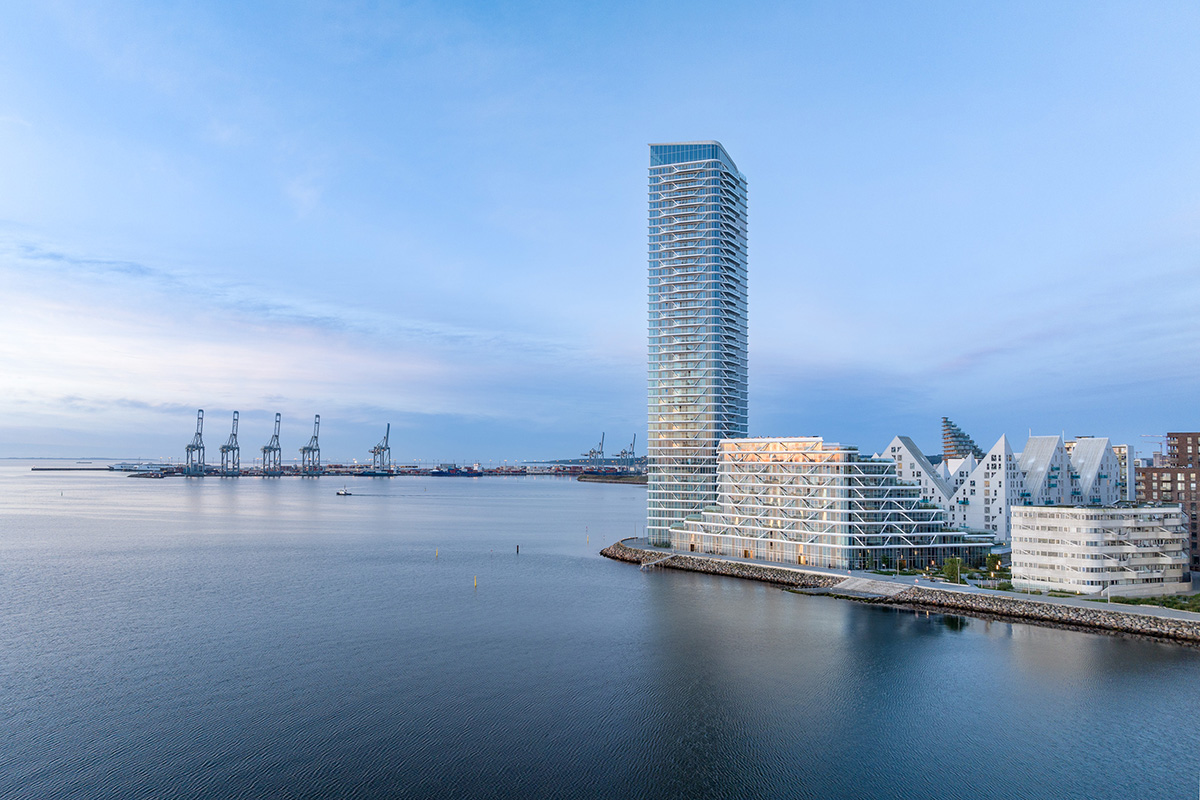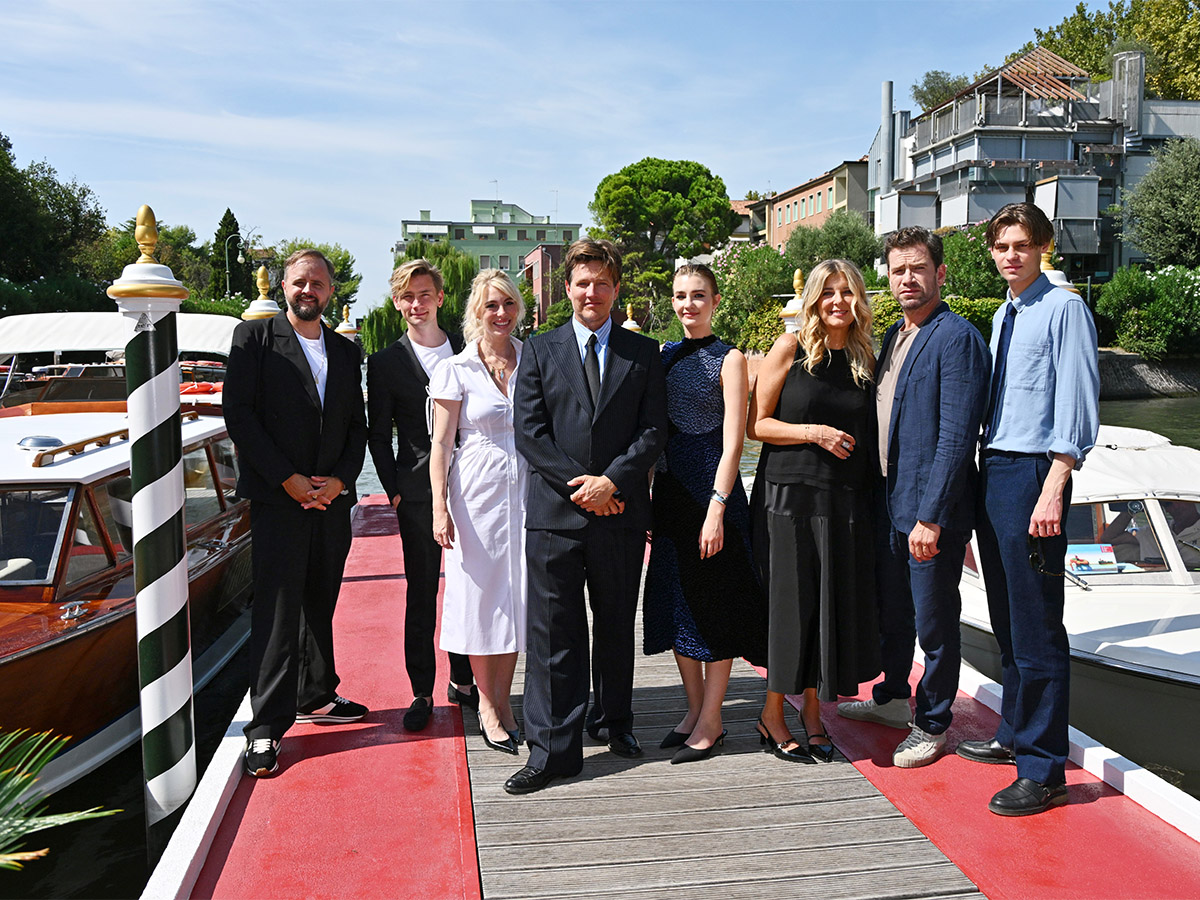Edda Magnason – a Swedish shooting star
Swedish-Icelandic Edda Magnason has been designated a Shooting Star at the 2014 Berlin Film Festival, signed a contract with a Hollywood agent and scored several awards for the biopic Waltz for Monica (Monica Z in Swedish). She has, however, very little time to read film scripts right now. The talented singer-songwriter’s third album, Woman Travels Alone, has just been released by Warner Records. Scan Magazine talks to Edda Magnason about sincerity, playfulness and the hard work she puts into her music.
She has that natural charisma which most superstars are graced with: Edda Magnason, the singer-songwriter-come-movie star who conquered Swedish movie audiences last year with her interpretation of legendary jazz singer Monica Zetterlund. The film has been distributed on several markets abroad, including France, Finland and Japan. When I meet her in a friendly café in Stockholm’s SoFo she strikes me as beautiful, yet unassuming. And her thoughts are all about the record release ahead of her – as though stardom didn’t matter.
”We just completed work on the last song the day before yesterday,” she says and seems almost out of breath with excitement. It has been an intense couple of months of writing, rewriting, collaborating with a new producer, Johan Ljungström, and finally letting go. ”I become completely antisocial when I work on an album. I forget to eat, to sleep… I lose the sense of time. It’s so much fun – I just can’t stop!”
Becoming Monica
As a child in rural Fyledalen in southern Sweden, Magnason would compose songs on the piano and dreamed of being a concert pianist. She broke off her composition studies at the Gotland Composition School in 2004 in order to learn by doing, and has developed a strong, personal voice: jazz/pop music with classical elements, and whimsical lyrics. Woman Travels Alone follows her début album Edda Magnason (2010, Caprice) and Goods (2011, Adrian Recordings).
I’ve rarely met an artist who matches Magnason’s gushing enthusiasm. And her dedication evidently made an impression on Per Fly, the director of Waltz for Monica, the movie that changed her life. She started working on the album right after leaving the set almost two years ago, and her sudden fame has given her own career a significant boost. Without the success, she acknowledges humbly, she wouldn’t have had access to the resources – the top-level professionals – which she has now. The same goes for the audience. Waltz for Monica became the most viewed Swedish film in 2013, also scoring a Guldbagge (the Swedish equivalent of the Oscar statuette) for best actress.
Why did it take so long to finish the album? Well, the media hype got in the way: a media hype nearly unprecedented for someone of her youth. This included being chosen as a Shooting Star at the Berlin Film Festival, which resulted in a contract with a Hollywood agency. Suffice it to say, there was very little time left to just be Edda Magnason, the singer-songwriter, during this time. Even more so while shooting the film. ”I had no relationship to Monica Zetterlund’s music before the film,” Magnason says. Strangely enough, her mother gave her a CD of Zetterlund shortly before she was offered the role, accompanied by the words “I think you should listen to this”. And so she did, soon spending all her time trying to imitate the legendary star.
For those unfamiliar with Monica Zetterlund, this blonde, svelte jazz singer is associated with the Swedish artistic blossoming of the 1960s and 1970s. Zetterlund performed with American and European jazz greats such as Thad Jones and the Bill Evans Trio, as well as acting in cabarets and films with comedian team HasseåTage, controversial director Vilgot Sjöman and others. A string of love affairs and the difficulties of being a single mother weighed her down, and an intense career came to a halt when the singer became addicted to alcohol. The last days of her career Zetterlund performed sitting in a wheel chair, until in 2005 she succumbed to the flames of a fire in her apartment caused by a cigarette.
The svelte and suave
The strange thing about Magnason’s interpretation of Monica Zetterlund is her ability to assimilate everything about her: Zetterlund’s cool, detached beauty, her laidback style of singing and her crazy sense of humour. She is Monica Zetterlund, yet manages to maintain a strong sense of integrity all the way through. And artistically, she maintains, studying Monica and her music has not affected her own music one single bit. Sure, she has learned to master the art of performing and taking centre stage where earlier she would hide behind the keyboard. Also, she has profited artistically from singing with a larger band, and integrated that experience into a couple of songs on the new album. But most of all, she contemplates, the work of a musician is so much toil. Lugging equipment around, arranging, rearranging, putting together a band, getting the gigs – and the craftsmanship of composing. Compare this to the shooting of A Waltz for Monica. There, on the set, all she needed to do was to wait for the director, makeup and costume staff. Everything taken care of – no sweat.
She makes it sound almost too easy. Considering the toil and hard work that the music business demands – isn’t she tempted to go on acting? “I’d love to play a really bitchy character!” she lights up. We both laugh. Svelte and suave as Monica Z is, playing her slightly subdued, complex character must have taken a lot of effort from the easy-going Magnason.
Icelandic poeticism
When she is compared to other singer-songwriters, the name that most often comes up is the Icelandic Björk. “Very flattering,” says Magnason. And actually, not too surprising. Björk is one of her role models, alongside the inspiration from Frank Zappa, Robyn, the Beatles, Miles Davis, Esbjörn Svensson Trio and others who were part of her childhood. Magnason’s style of singing – raw, not aiming to please, with crazy, poetic texts as well as the symphonic/electronic soundscape somewhere in the borderland between pop, jazz and contemporary art music – all of this combined points in the direction of Björk. And Björk, like Magnason, also took on film roles (Dancer in the Dark by Lars von Trier).
Plus another factor: Edda Magnason has Icelandic heritage. “I have never taken part in the Icelandic cultural scene until now, when I went there with Sverrir [Sverrir Gudnason, the male lead actor of Monica Z, who also has Icelandic heritage].” This visit brought her into contact with the swirling creativity of the tiny, yet cosmopolitan, hub that is Reykjavik. “Usually when I go to Iceland, I go to see my grandmother in the countryside,” she says.
Another similarity with Björk is Magnason’s penchant for writing her lyrics in English. “Swedish is difficult, I don’t feel that I can express myself as honestly as when I write in English,” she muses. Even so, she loved singing and speaking “high Swedish” in Waltz for Monica with its clear, open vowels as opposed to the more throaty dialect, “skånska”, which she normally uses when speaking.
Will she ever come back to Zetterlund? No – she has definitely closed the door, at least for now. The soundtrack is out, there will be no Monica Zetterlund tours. “I would rather try to imitate Yoko Ono! Whenever I feel uptight about my work, then I listen to Yoko’s Don’t worry. After that, I can shed my perfectionism,” she smiles.
“I can be an extreme perfectionist,” Magnason says, “but I also have the ability to just let go. To be satisfied.” Most important to her, artistically anyway, is a quality of sincerity – a lack of fear. Had she pictured this turn of events: film roles, awards, doors opening, so early in her career? “Never! Of course I have always had this drive…” she says calmly. Edda Magnasson looks happy at the thought of the possibilities ahead, and skips off to wrap up work on her album.
By Sofia Nyblom, published in SCAN Magazine issue 71 – December 2014 | Photo: Press photo
Subscribe to Our Newsletter
Receive our monthly newsletter by email





